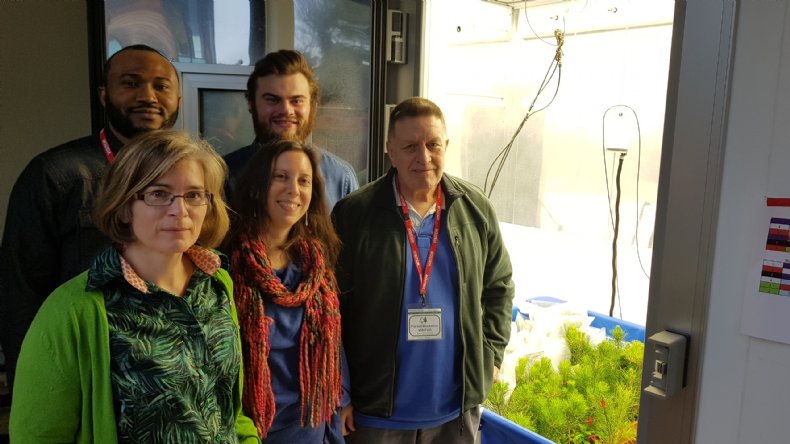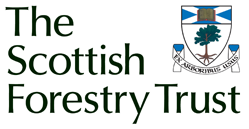Studying a mycovirus from Dothistroma septosporum
Carried out by: Imperial College London
Summary Description:
Further to recent research supported by the SFT, the research team at Imperial College have identified a D. septosporum isolate harbouring a double-stranded (ds) RNA mycovirus belonging to the family Chrysoviridae. The aims of this research are (1) to provide insight into the effects of the virus on host growth and virulence, and therefore its potential as a biological control agent against Dothistroma needle blight (DNB), and (2) to understand the molecular mechanisms underpinning these effects by investigating the transcriptional and small RNA profile of the D. septosporum isolate in the presence of the virus. Ideally by the completion of the project it should be possible to link fungal growth and virulence phenotypes with specific groups of genes up- or down-regulated in virus-free and virus-infected isolates and propose a RNA silencing based mechanism to explain this differential expression. The research is expected to take up to 2 years.
Timescale: 2018-2020
SFT Funds Awarded: £32,000
Project Outcomes:
Dothistroma needle blight (DNB) also known as red band needle blight is caused by the fungus Dothistroma septosporum and is devastating United Kingdom pine stands. Screens of D. septosporum isolates revealed one isolate 752.1 from West Argyll, Forest District no. 501 to be naturally infected with a chrysovirus. This isolate has been freed of virus infection to create an isogenic virus-free line for direct comparison with the wild type, virus-infected line. Growth and virulence of the isogenic lines are being compared with a view to establishing whether virus infection causes hypovirulence which is potentially exploitable to combat DNB. These comparisons include laboratory tests on growth on a recently formulated artificial media called PMMG as recommended by colleague Dr Rosie Bradshaw from Massey University, New Zealand, virulence on greater wax moth larvae and a novel technique using individual pine needles in culture. Virulence will also be assessed by comparing quantitative PCR amplification of the gene for production of the toxin dothistromin.
The growth and virulence of the D. septosporum isogenic lines together with another four isolates with distinct geographic provenance are now being compared with in planta experiments at Forest Research, Alice Holt, Farnham. These experiments are being carried out in collaboration with Dr Katherine Tubby and James Snowden and also include PhD student John Daudu. All D. septosporum cultures were initiated on PMMG and have been inoculated onto pine seedlings and will be monitored for DNB symptoms and assessed for virulence by qPCR over a three month incubation period. A series of two trials will take place. The photograph below shows the controlled environment incubation chamber and pine seedlings on inoculation day and the personnel involved from left to right Kath Tubby, John Daudu, Ioly Kotta-Loizou, James Snowden and Robert Coutts. Posters on this investigation fully acknowledging SFT support have been presented by us at the BSPP MBPP meeting in March 2019 at the John Innes Centre, Norwich and Microbiology UK at Belfast in April 2019.

